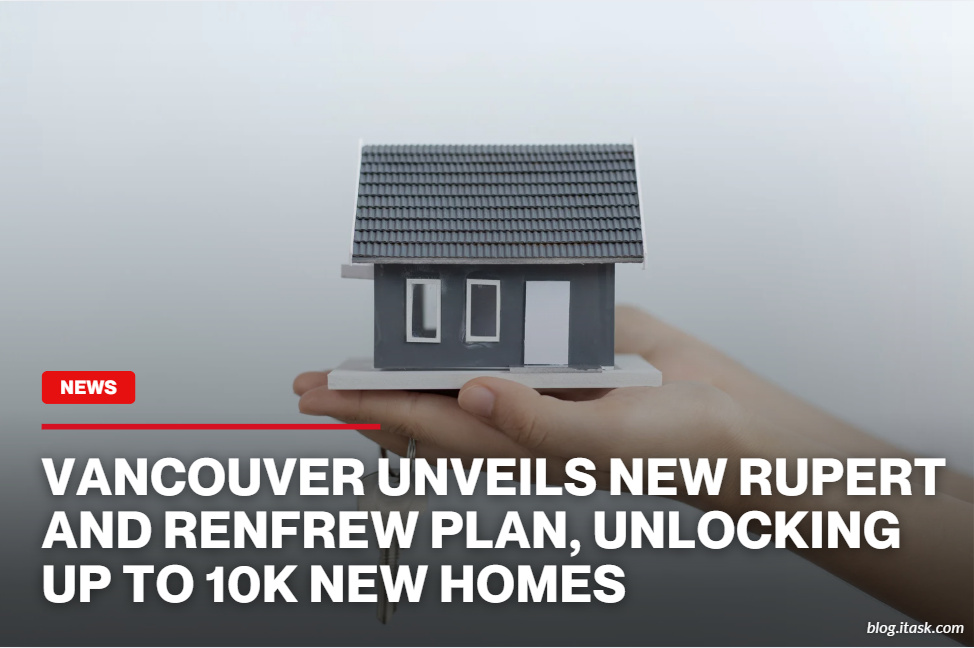Vancouver Unveils New Rupert And Renfrew Plan, Unlocking Up To 10K New Homes
Vancouver Unveils New Rupert And Renfrew Plan, Unlocking Up To 10K New Homes

The City of Vancouver has introduced a bold new plan shaping the future of the Rupert and Renfrew neighbourhood over the next few decades. Spanning roughly 660 hectares around the Rupert and Renfrew SkyTrain stations, this project aims to add up to 10,100 new homes, accommodate nearly 18,700 more residents, and create around 8,300 jobs in the area over the next 25 years. It marks a major step in responding to housing shortages and growing demands across the region.
The planning process began in late 2021 and has involved multiple rounds of public engagement. Council approved the plan unanimously on July 8, 2025 after years of refining ideas and listening to the community. The goal is to build more homes close to rapid transit, create complete neighbourhoods, and improve ecological resilience along Still Creek—a waterway that weaves through the area and holds both natural and social importance.
Tower heights will vary depending on their proximity to the SkyTrain stations. Closest to the stations, buildings may rise between 29 and 45 storeys—twice as tall as what Province law requires for transit‑oriented areas. Slightly further away, parcels can reach 22 to 40 storeys, stepping down to 22–26 storeys beyond that. These higher‑density zones will reward developers who include benefits like below‑market rental units or childcare spaces.
Beyond the transit hubs, the plan carves out “villages” where low‑rise buildings up to six storeys and multiplex homes will be allowed. This supports what the city calls “missing‑middle” housing—types that sit between single‑family homes and high‑rises, helping families live in the same area even as the city grows.
The plan also protects and expands land for jobs and services. Three employment designations will guide development: high‑density campus workspaces near stations, flood‑adapted industrial zones, and mixed‑employment areas for big‑box and creative businesses like studios. Residential buildings aren’t allowed in these zones, except for one key project at 3200 E Broadway led by local First Nations in collaboration with developers.
Finally, the plan sets out how the city will make it all happen—through private rezonings, fast‑track pre‑zoning by the city, tailored rules to protect renters, and a new contributions policy for amenities. It also includes a long list of capital projects—rebuilding roads, parks, and services—worth around \$1.2 billion (in 2024 dollars) over the next decade. If carried out as is, this plan will reshape the area into a greener, more affordable, and more vibrant community.
